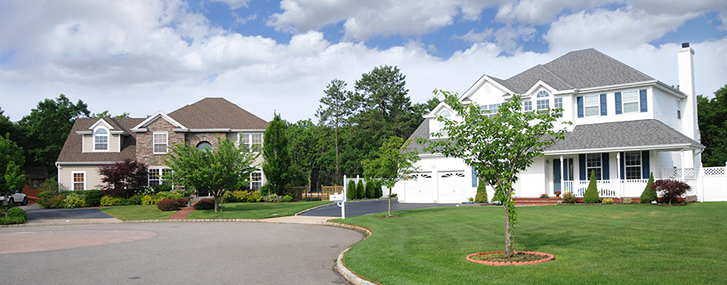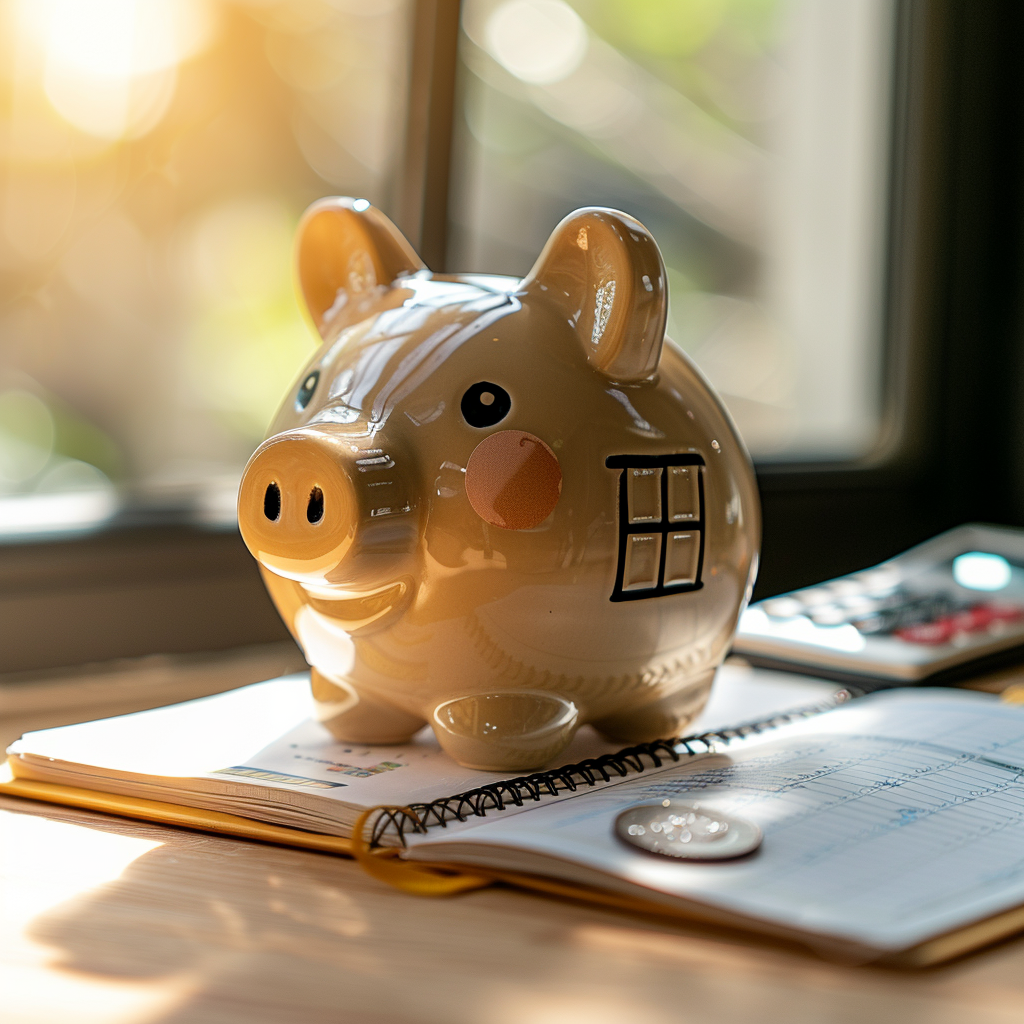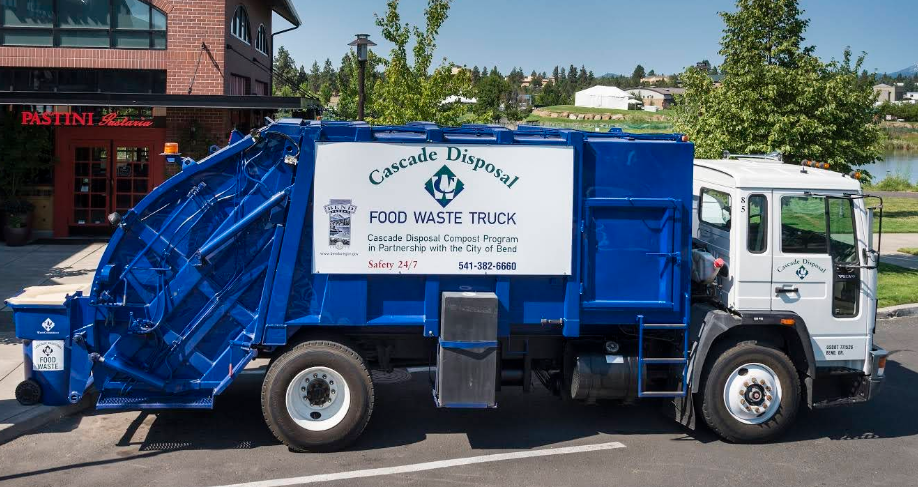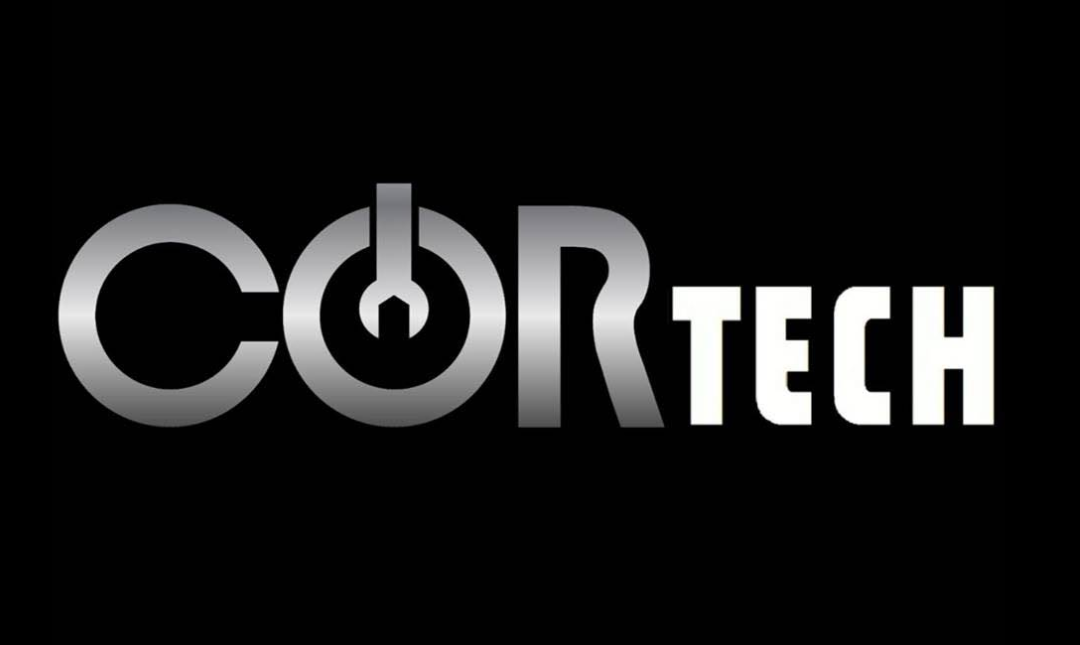Before you can transition from renting to owning, saving for a down payment is a critical step. It might seem daunting at first, but with a solid strategy and determination, you can achieve your goal. Whether you’re a first-time home buyer or planning to move up to your dream home, these practical and effective tips will guide you on how to efficiently save for your down payment.
Developing a budget and timeline is your first step towards saving for a down payment. Sit down and calculate how much you’ll need based on the price range of homes you’re interested in. From there, review your current income and expenses to figure out how much you can realistically save each month. This process not only gives you a clear savings target but also helps you visualize the timeline to achieve it. Keep in mind, the more precise your budget, the more efficient your saving process will be. Consistency is key here; even small monthly savings can add up over time.

- Initiating your savings journey: Setting a budget and timeline. Source: fidelity.com
Next, consider establishing a separate savings account solely for your down payment. This helps in a couple of ways. First, it keeps your funds dedicated to your home purchase separate from your day-to-day spending. Second, it can be encouraging and motivating to see your savings grow specifically for this goal. Many banks offer automatic transfers from your checking to your savings account, making it easier to stick to your savings plan. Over time, this disciplined approach can significantly contribute to reaching your down payment goal.

- Understanding your purchasing power to establish a savings plan. Source: fidelity.com
One effective strategy to boost your down payment savings is to shop around and reduce your major monthly expenses. Take a closer look at your subscriptions, insurance policies, and other recurring charges. There’s often room to negotiate better rates or switch providers for services such as car insurance, internet, and cell phone plans. Even small reductions can free up more money to add to your down payment savings. Remember, every little bit helps, and the savings from these expenses can quickly add up over time.

- Exploring savings options: How shopping for better rates can boost your down payment fund. Source: fidelity.com
Monitoring your spending closely can also make a big difference in how quickly you save for a down payment. Utilize online banking and budgeting apps to keep tabs on where your money is going. Identifying and cutting back on non-essential expenses (like dining out, entertainment, and vacations) can free up significant amounts of money that can be redirected towards your down payment savings. It’s all about priorities; choosing to postpone immediate gratifications can accelerate your journey to homeownership.
In conclusion, saving for a down payment requires focus, discipline, and a sound strategy. By setting a budget, separating your savings, reducing expenses, and closely monitoring your spending, you can build up your down payment more efficiently. The journey to homeownership might seem long, but with these strategies in place, you’ll find yourself on the doorstep of your new home before you know it. And remember, every step you take towards saving is a step closer to your dream home.






